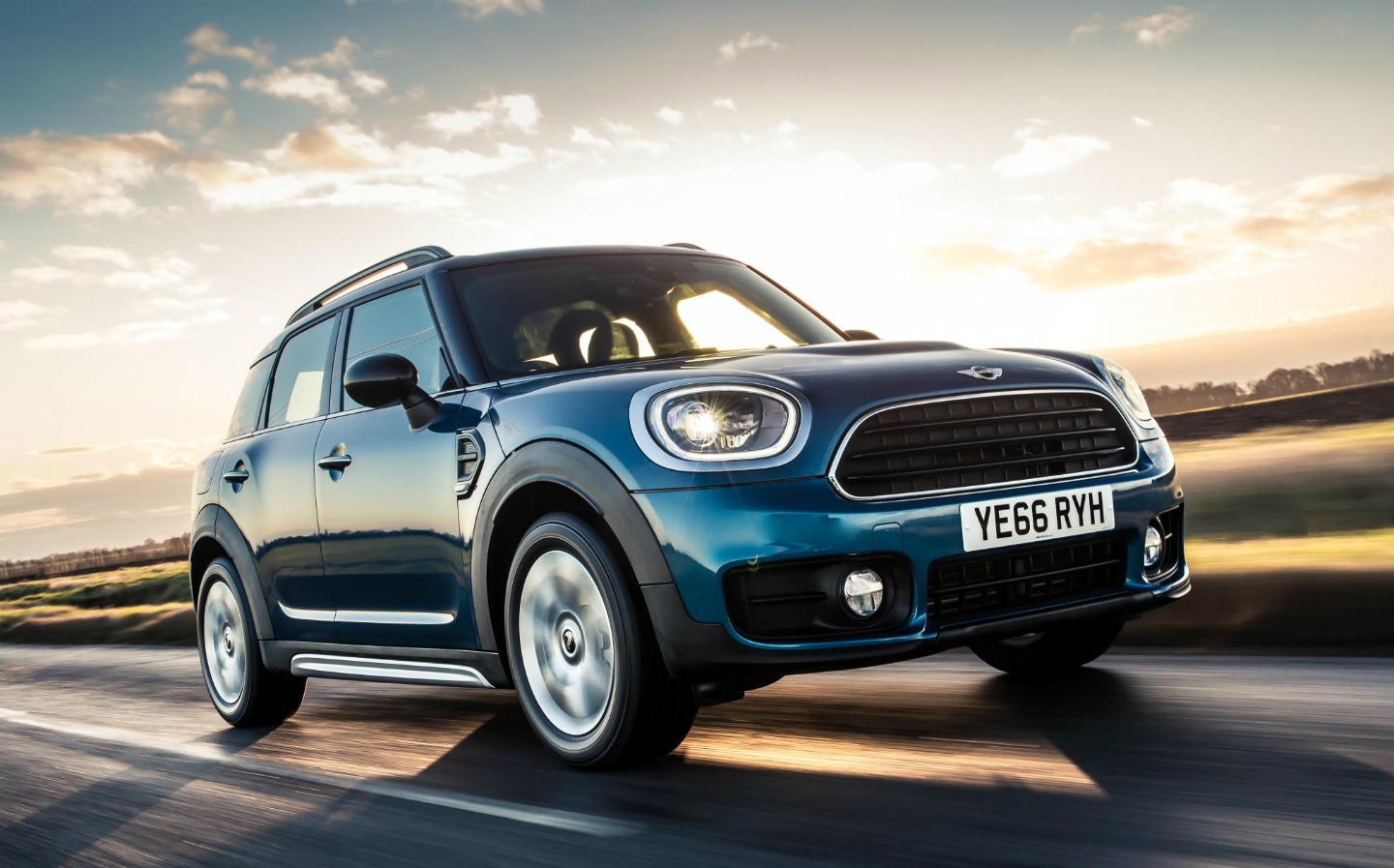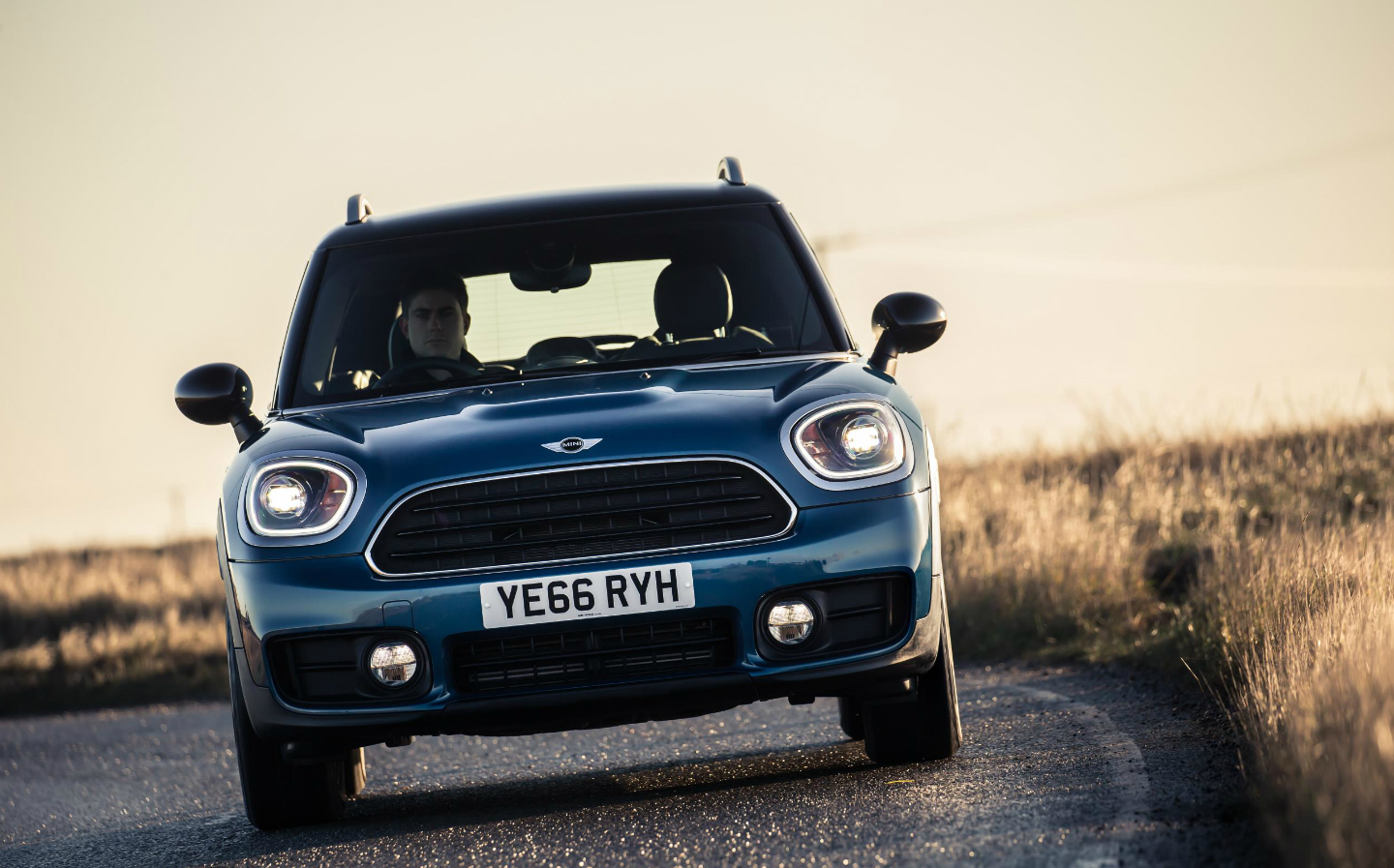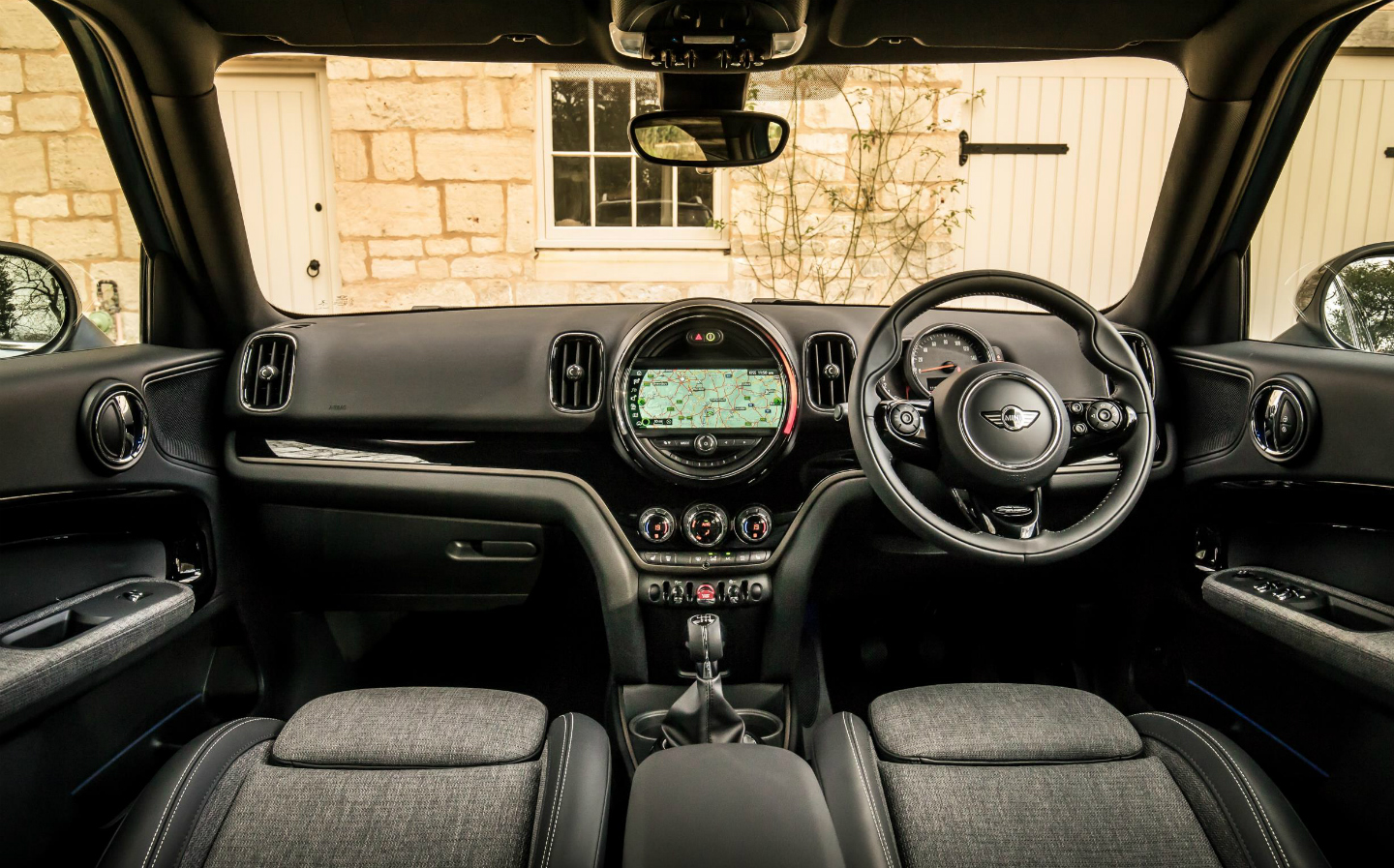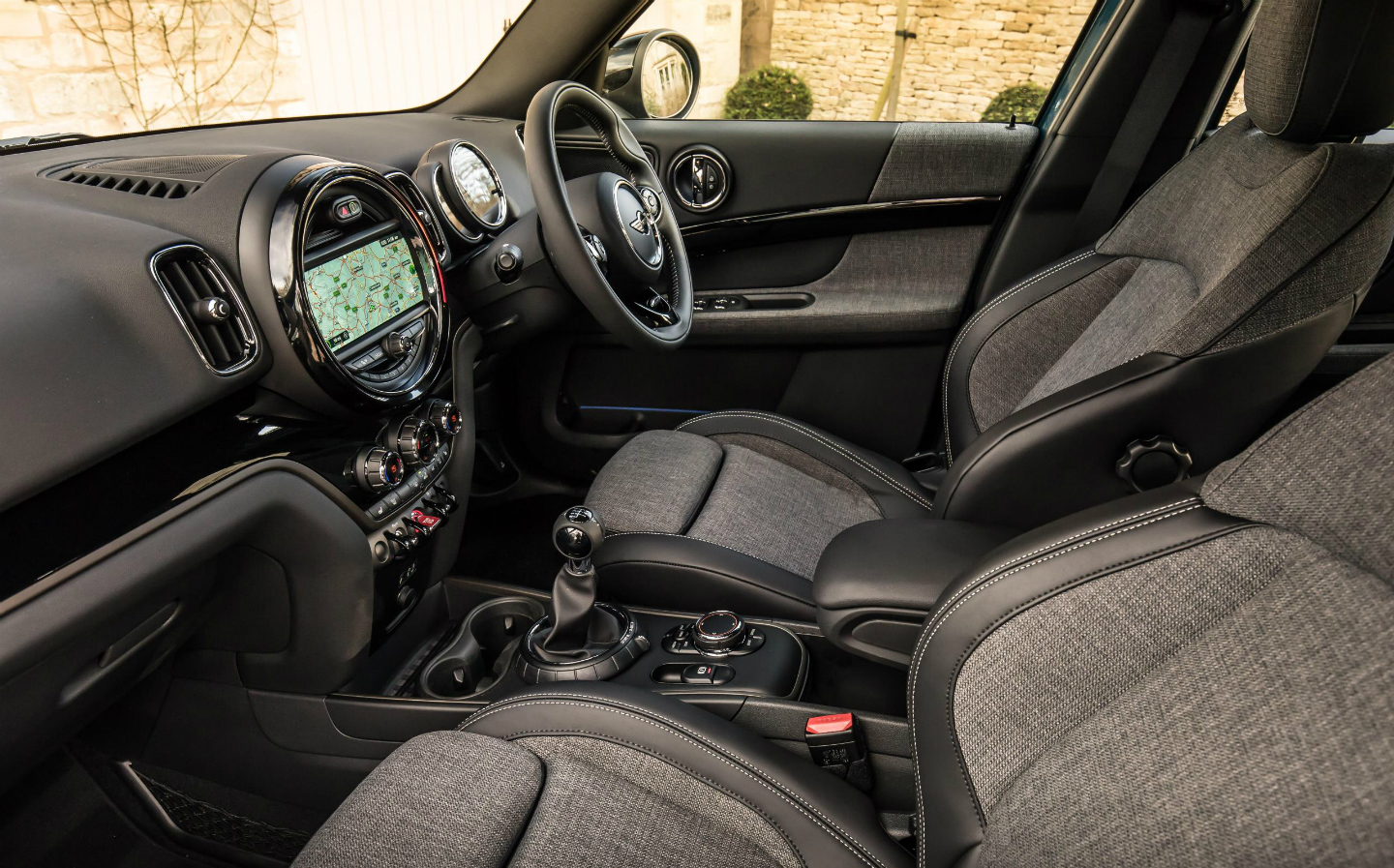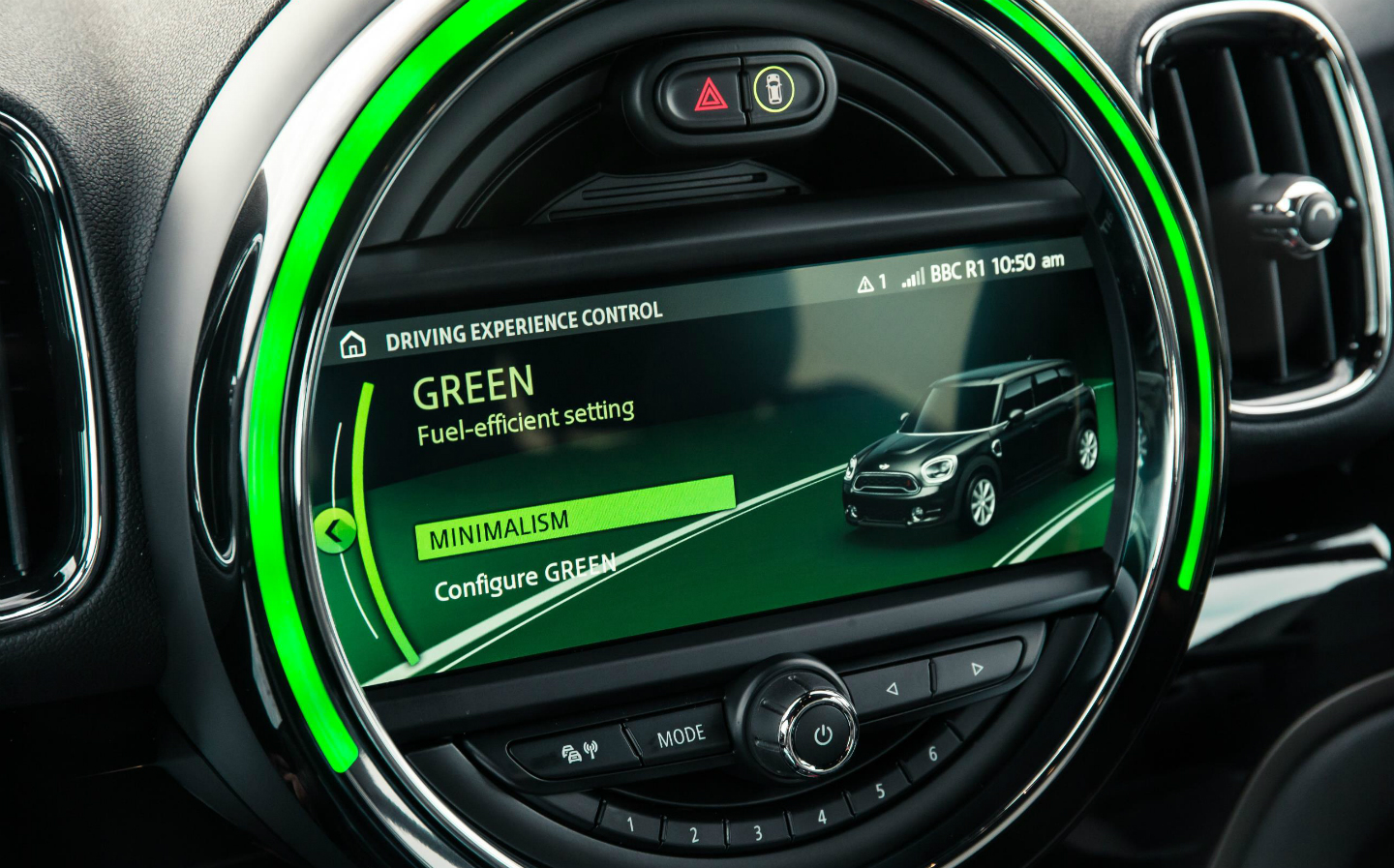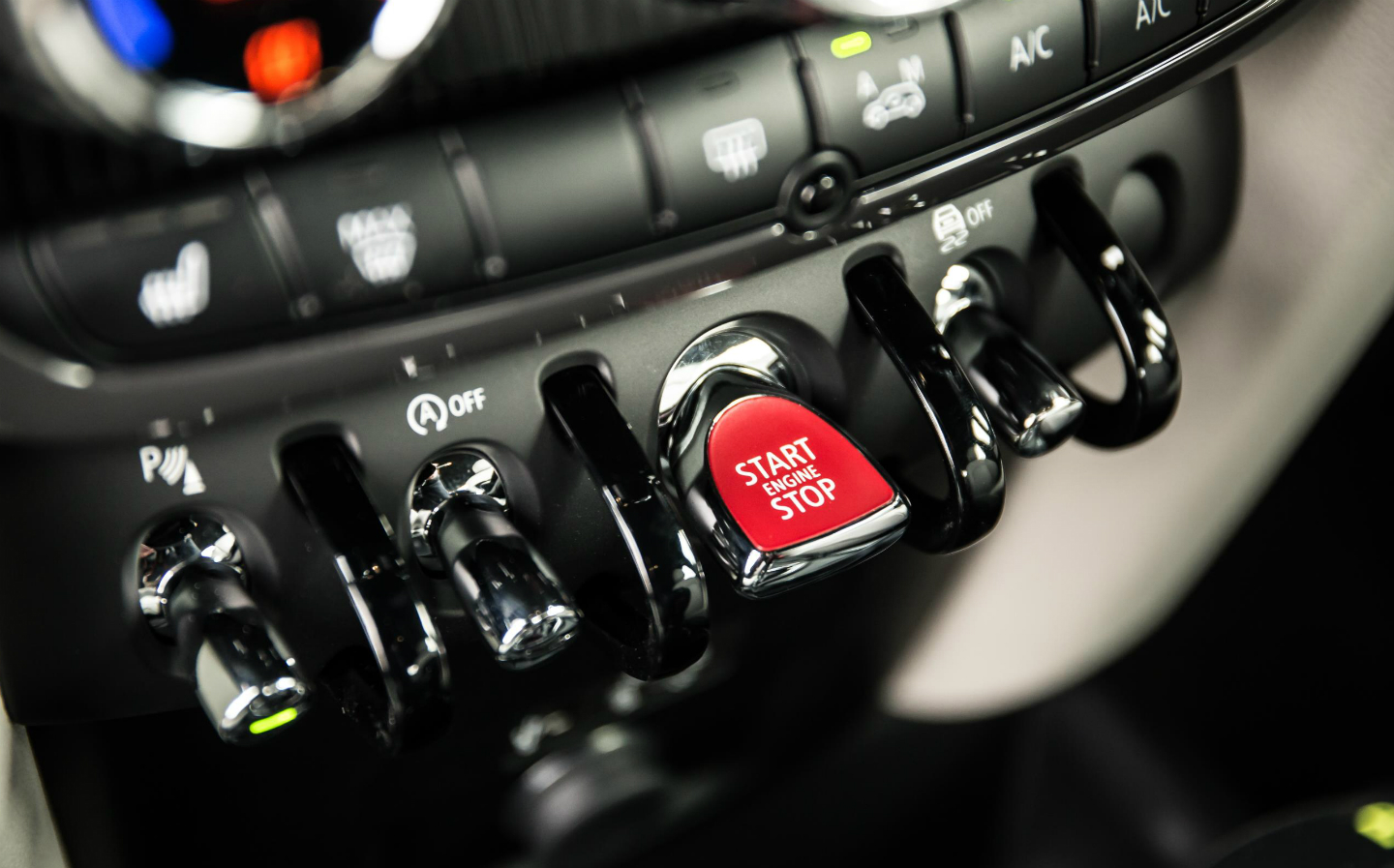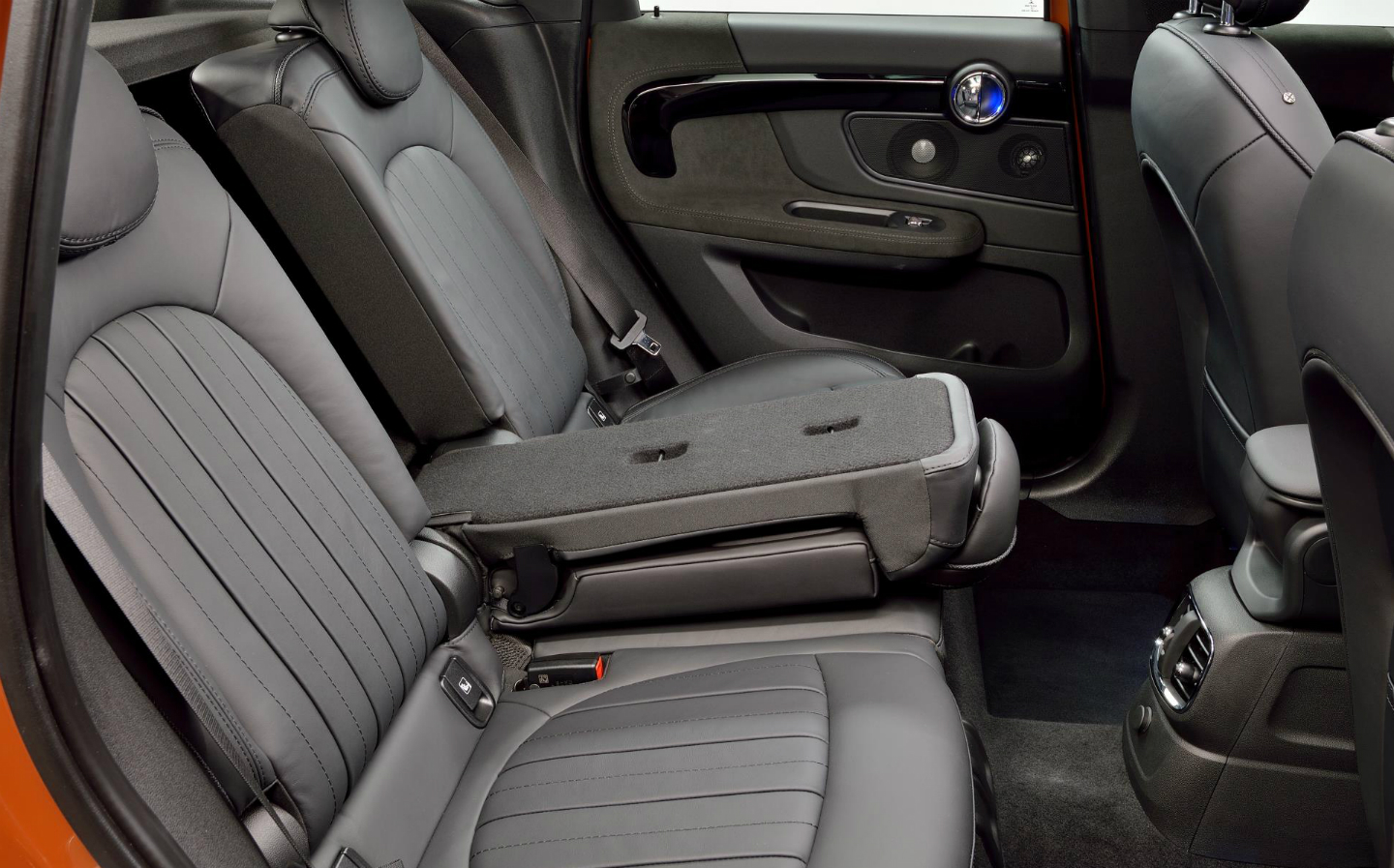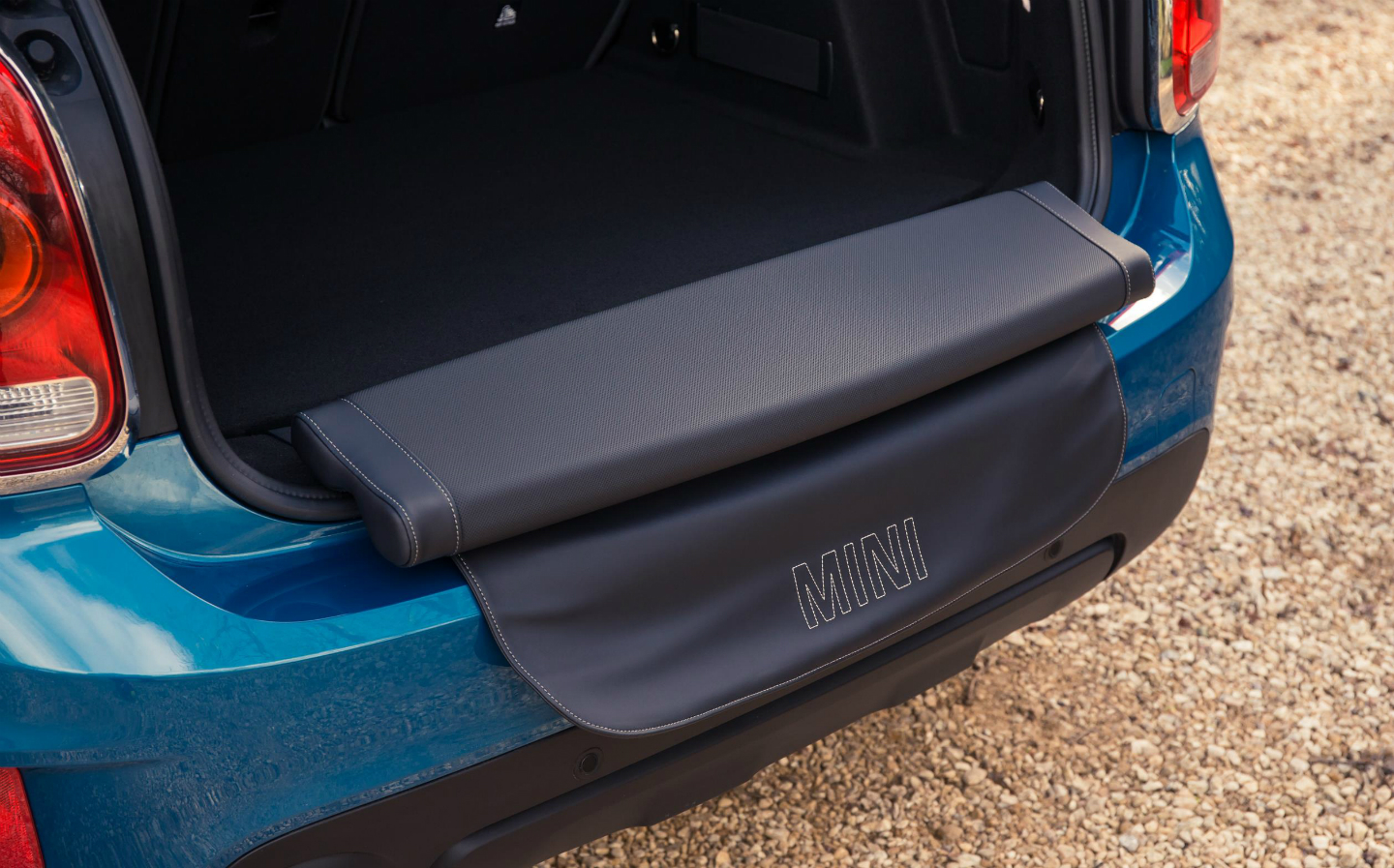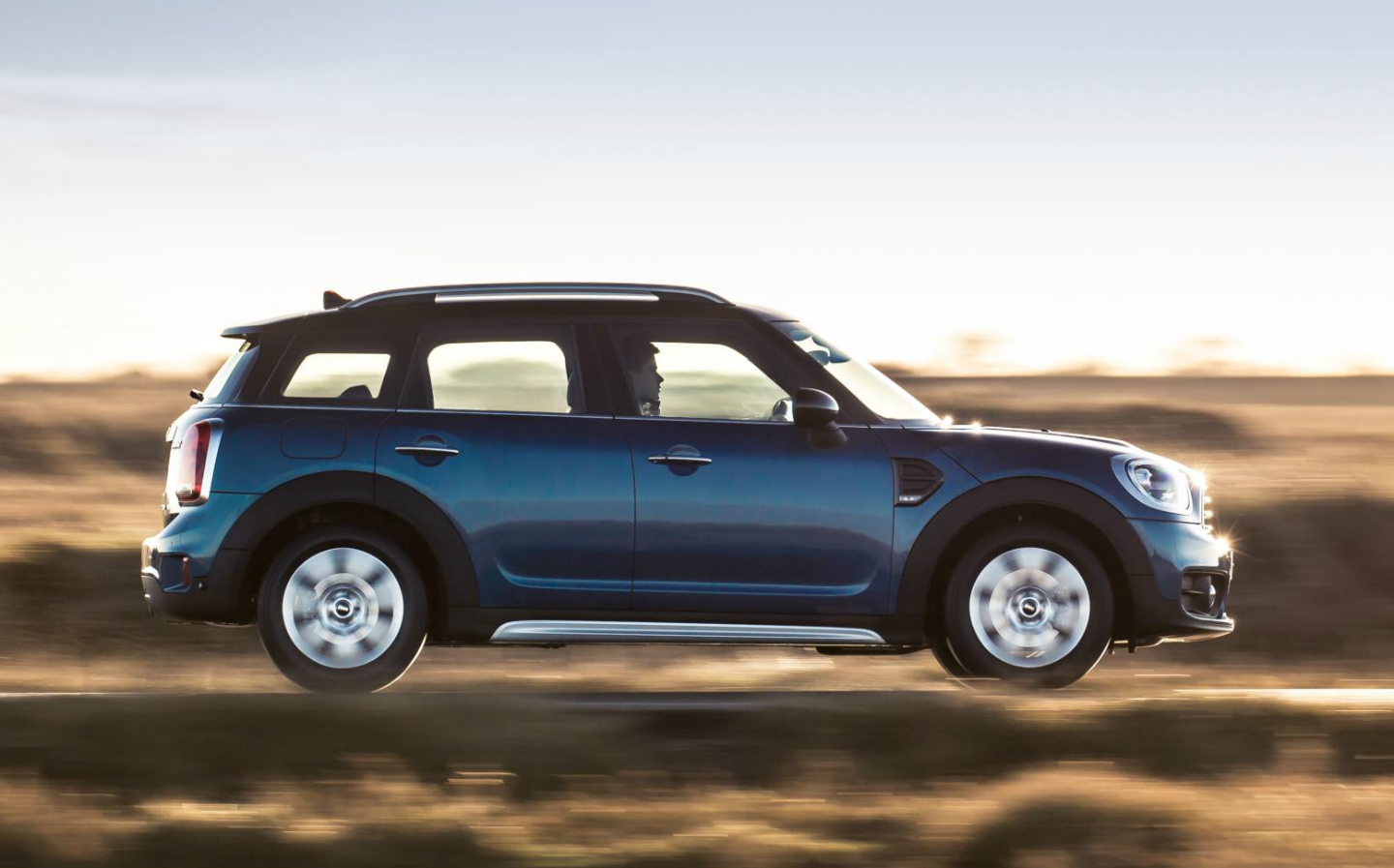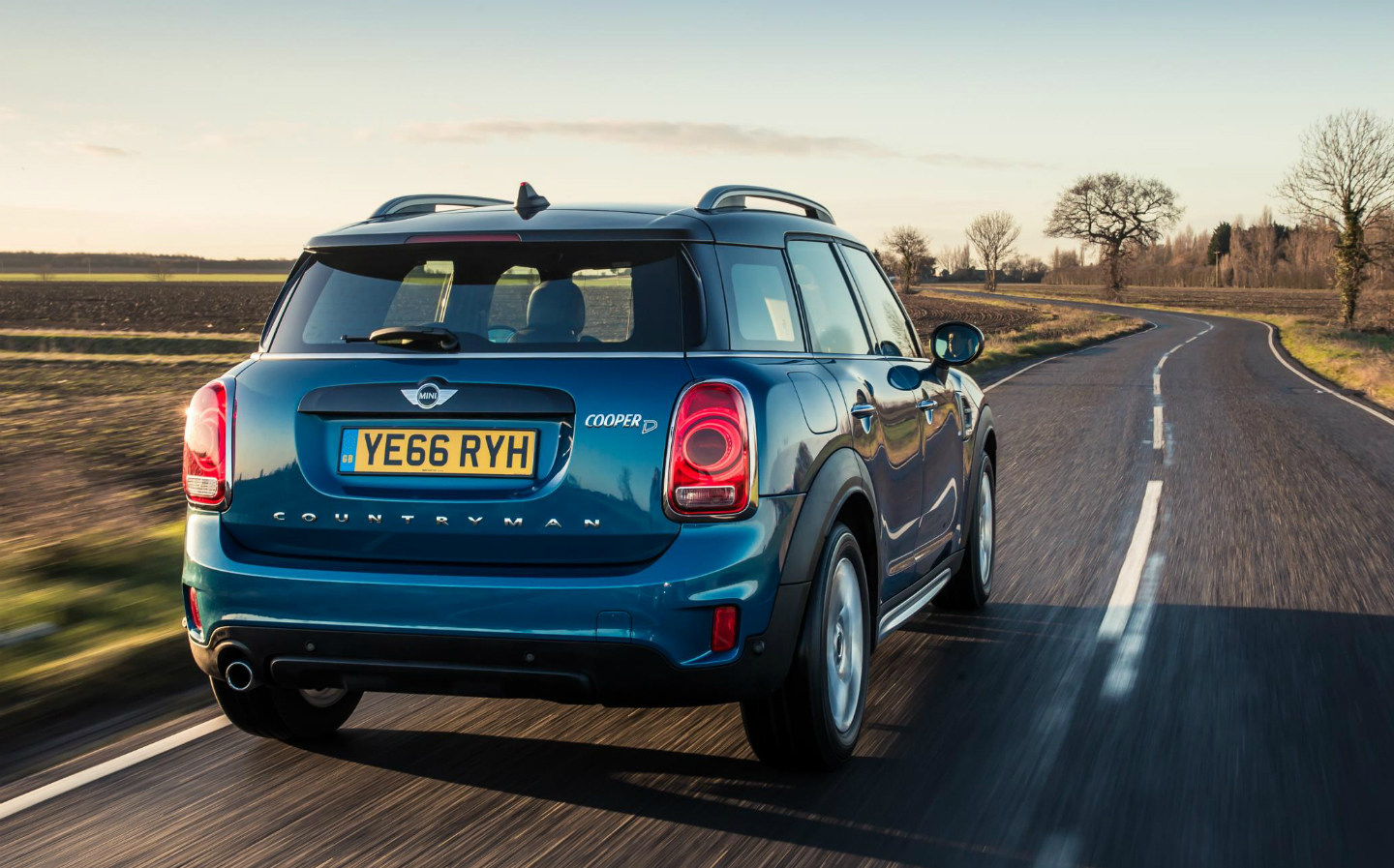Mini Countryman review (2017 on)
The biggest model in Mini's range gives a lesson in growing without the pains
FROM a car maker once known for making some of the smallest and cheekiest runarounds on the road comes the Countryman, the not-so-mini Mini.
From 1959 to 2000 Minis were perfect for nipping through traffic and slotting first time into a parking space. Yet here’s a Mini that towers over traffic and does the parking for you.
This second-generation Countryman has grown over its immediate predecessor too. Not just a little bit; it’s positively ballooned.
Browse NEW or USED cars for sale
There’s a reason, of course. Drivers have been telling the company, now owned by BMW: “We love our Mini … but it would be great if it was a bit more spacious, like our friends’ Nissan Qashqai.” The 2010 Countryman felt like a Mini first and a family car a very distant second.
So the Countryman now offers “five full-sized seats”, according to Mini. That’s as long as your definition of “full-sized” is two adults in the front and three children in the back. Three adults on the rear seats would be a squash and a squeeze, but three children sit comfortably, even with one in a high-backed child seat.
There’s masses of legroom in the back, thanks in part to the car’s much-increased wheelbase (the distance between the front and rear axles), and the bench seating, which can slide backwards and forwards.
The boot’s bigger too. The original Countryman carried 350 litres of gear; this one packs in 450 litres, enough even for those with “an insatiable hunger for adventure”, says Mini. Perhaps, if loading up the weekly Waitrose shop counts.
Despite all this growing-up, Mini hasn’t lost its sense of fun. One option on the new Countryman is a padded seat that folds out from the underside of the boot’s false floor to cover the back bumper; it’s described as a picnic bench but is more use as a comfortable place to park your bottom while you pull off muddy wellies.

The cabin is pure Mini. The dashboard lights up like a Wurlitzer jukebox, the glowing-red engine start switch looks as though it was pinched from Nasa, there’s selectable mood lighting (which you’ll probably never change) and you can alter the way the car responds, using the mode switch at the base of the gearstick.
Some of the main instrument dials look small and cheap, but the stowage space is excellent, with big door bins in the front and back and cupholders galore. Rear passengers even get their own air vents.
What lets the new Countryman down is the driving position. With the manual gearbox, you have to sit much closer to the steering wheel than you’d like, because if you don’t you can’t depress the clutch pedal properly. It’s an uncomfortable arrangement — and the eight-speed automatic gearbox will add £1,595 to your bill.
The engine range is the same as in the rest of the Mini family. The Cooper has a 134bhp three-cylinder turbocharged petrol, and the Cooper S has a 189bhp 2-litre four-cylinder turbo. For the barmy, there’s a 228bhp John Cooper Works version.
The backbone of the diesel range is the Cooper D, which is a four-cylinder with 148bhp. The power jumps to 187bhp with the Cooper SD, but the Cooper D — tested here — is all most people will need. Priced from £24,425, it officially returns up to 65mpg and emits 113g/km of CO2. In our hands it averaged 45mpg, but in long-distance 50mpg should be feasible. There’s also a plug-in petrol-electric hybrid, which, at £29,085 after the government grant is taken into account, could come into its own if diesels faces punitive tax rises and other charges.
The Cooper D engine is well insulated and smooth-sounding, and the car surged forwards confidently from low in the rev range, with a big helping of torque from 1500rpm. You could change up a gear at 2000rpm and never venture further round the revs dial. But given a full head of steam it will nip from 0 to 62mph in under nine seconds.

There’s a bit of wind noise from the car’s boxy body, but the refinement is otherwise impressive. What’s a surprise is the firm ride; despite our test car wearing petite 17in wheels with medium-profile (and therefore reasonably pliant) tyres, every lump, bump and pothole made its presence known in the cabin.
The Countryman’s trump card is its handling. Many SUVs in this price range seem designed by committee, whereas the Mini feels as though someone who enjoys driving invested time and energy in making the Clubman keen and responsive in most conditions. You can throw it about and it doesn’t go to pieces.
We didn’t get to try an ALL4 four-wheel-drive version. It’s a good system in other Minis, but unless you know you’ll need the added traction it affords, you’d be better off saving the money — £1,600 — or spending it on the seemingly endless options Mini offers drivers.
The not-so-mini Mini has grown up, and we think it’s all the better for it. The Countryman II doesn’t force compromise on families as its predecessor did, but it’s still fun to drive and fun to be around.


